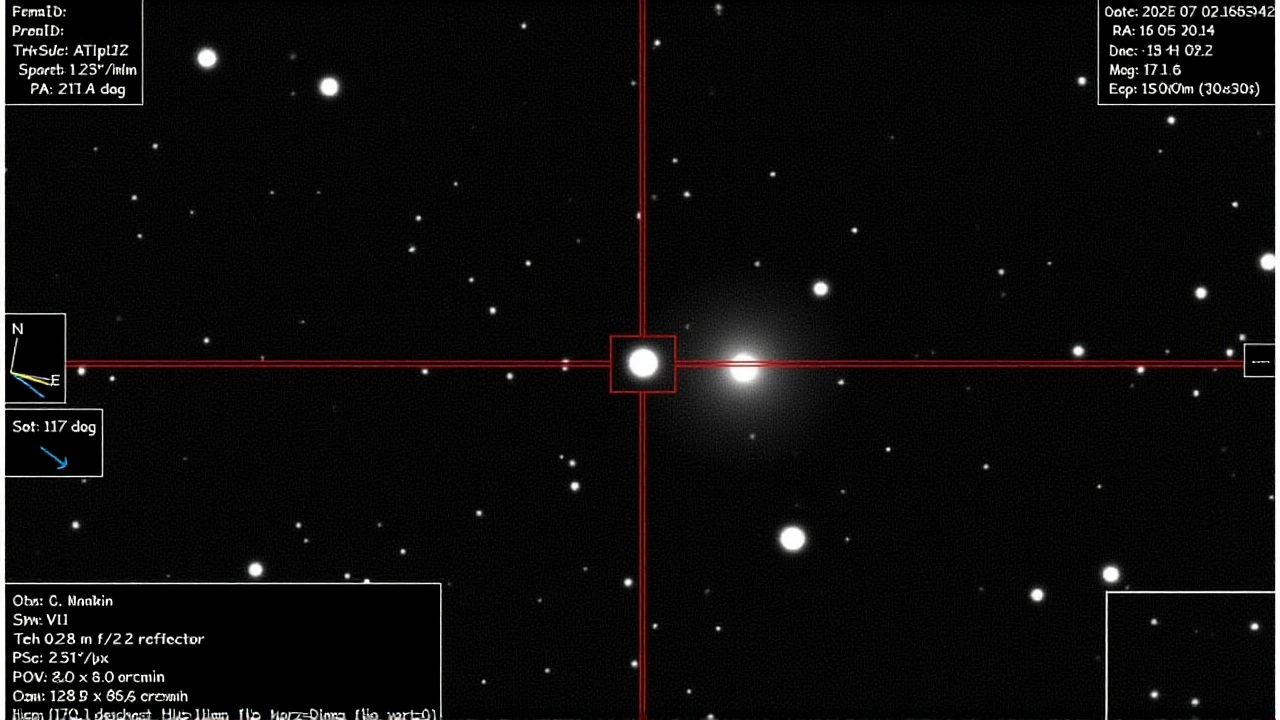When we talk about Ciência, a disciplina que busca entender o universo por meio de observação, experimento e teoria. Also known as conhecimento científico, it serves as the basis for every technological advance we enjoy today. Recent headlines, like the arrival of the Cometa interstelar 3I/ATLAS, o terceiro objeto interestelar identificado, descoberto pelo Telescópio ATLAS no Chile em julho de 2025, illustrate how Ciência constantly pushes boundaries. This icy wanderer is prompting a worldwide effort because its trajectory intersects the Solar System, offering a rare chance to study material from another star system. The mission is coordinated by NASA, agência espacial dos Estados Unidos responsável por programas de exploração e observação do cosmos, which has already allocated time on the Hubble Space Telescope, the James Webb Space Telescope and ground‑based observatories. In short, Ciência encompasses the study of celestial bodies, requires advanced instrumentation, and thrives on international collaboration – a perfect example of a semantic triple: “Ciência → requer → telescópios avançados”.
Among the instruments turned toward 3I/ATLAS, the Telescópio ATLAS, uma rede de telescópios situada no deserto de Atacama, especializado em varreduras rápidas do céu noturno, proved crucial for the initial detection. Its high‑cadence surveys capture fleeting objects that traditional telescopes might miss. Once the comet was flagged, NASA directed the Hubble, telescópio espacial que oferece imagens de alta resolução no espectro óptico, to obtain detailed compositional data. Simultaneously, the James Webb, operating in infrared, can probe the volatile compounds hidden beneath the comet’s icy crust. These tools illustrate another semantic link: “Telescópio ATLAS → detecta → objetos interestelares”, and “Hubble → fornece → imagens detalhadas”. The synergy between ground‑based and space‑based observatories epitomizes how modern ciência relies on a network of complementary technologies, each adding a layer of insight that no single instrument could achieve alone.
Below you will find a curated collection of articles that dive deeper into these topics – from the physics of cometary ice to the engineering behind space telescopes, and the role of agencies like NASA in orchestrating global research campaigns. Whether you’re curious about how a comet from another star system is tracked, or you want to understand the data pipelines that turn raw images into scientific knowledge, the posts ahead will guide you through the fascinating intersection of astronomy, technology, and international cooperation. Keep reading to discover how each piece fits into the larger puzzle of our quest to decode the cosmos.
